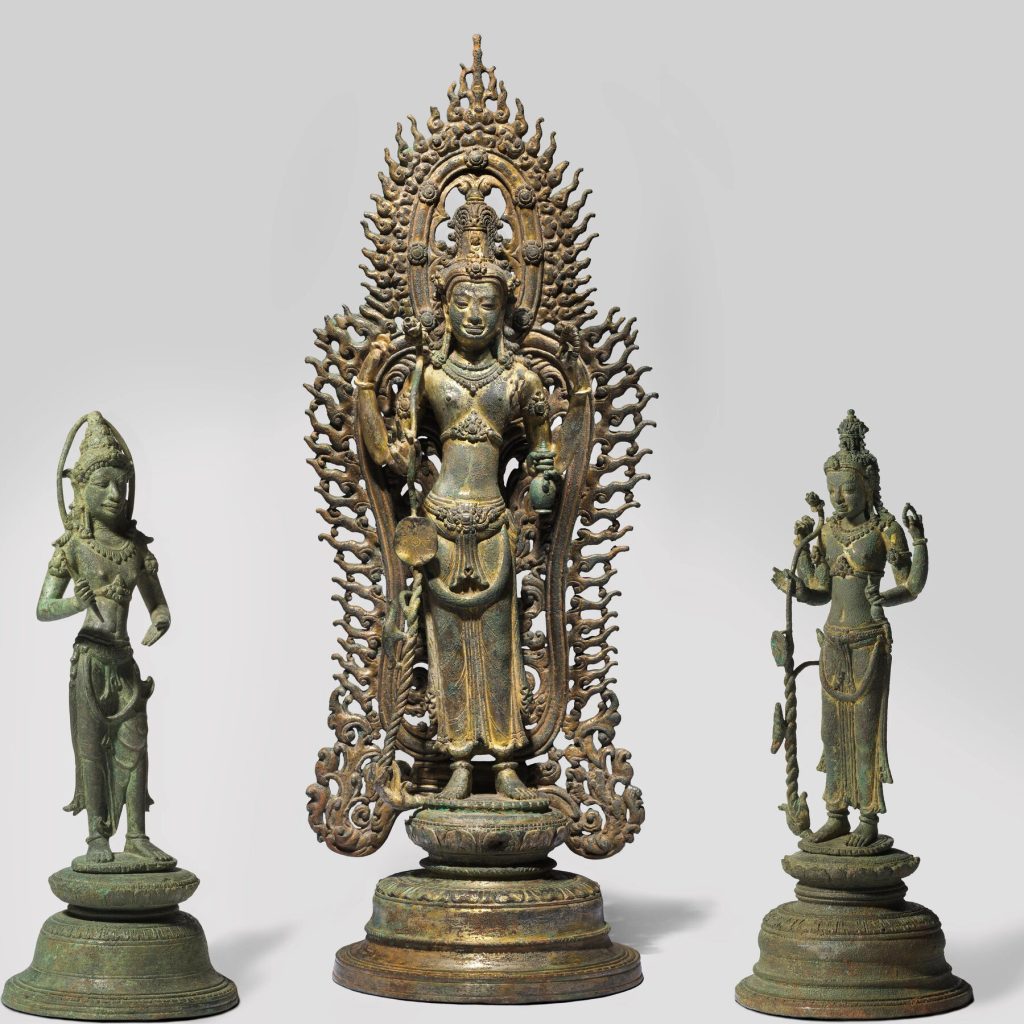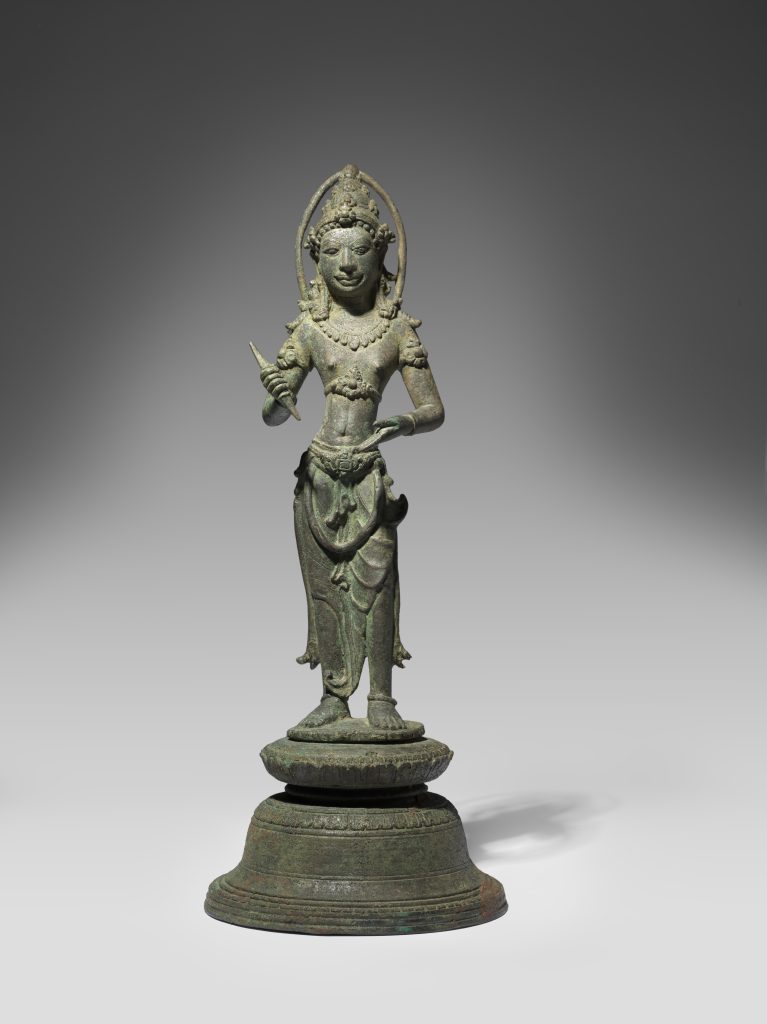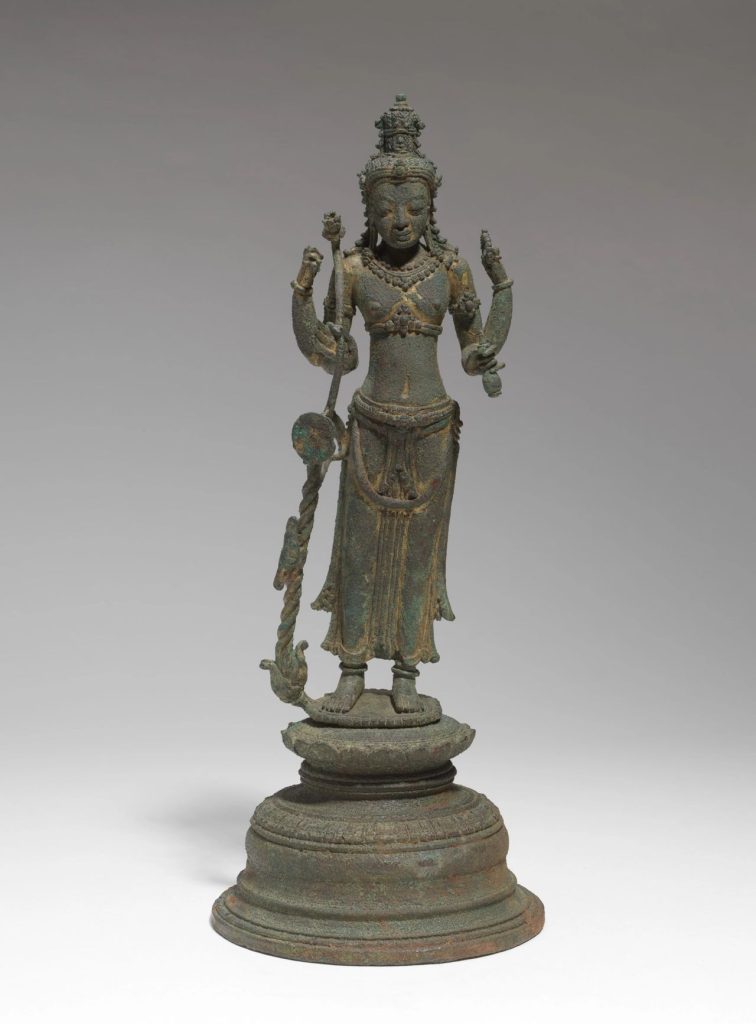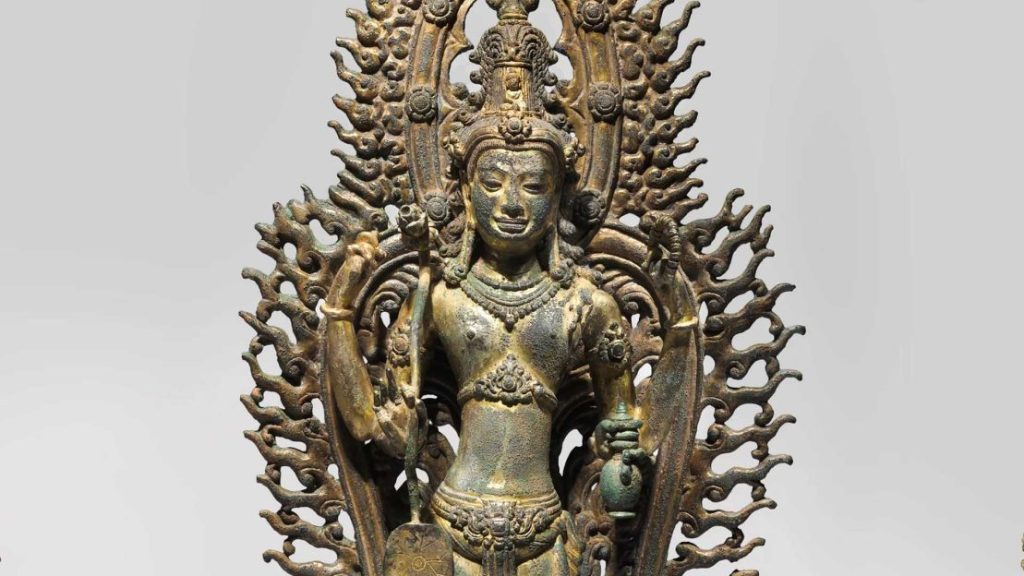In a significant move towards rectifying historical injustices, Australia has announced its decision to return several looted sculptures to Cambodia. These ancient artifacts, which were illegally smuggled out of Cambodia during a period of political turmoil, hold immense cultural and historical significance for the Cambodian people. The repatriation of these sculptures marks an important step in acknowledging the impact of looting and illicit trade on cultural heritage and underscores the importance of restitution. In this article, we explore the historical context surrounding the looting, the efforts to combat illicit trade, and the significance of Australia’s decision to return these precious artifacts to their rightful home.

The Looting of Cambodian Cultural Heritage
During the 1970s, Cambodia experienced a period of political turmoil, including the Khmer Rouge regime, which resulted in the destruction and looting of the country’s cultural heritage. Countless ancient artifacts, including sculptures, were illegally excavated and smuggled out of Cambodia, finding their way into the international art market. This looting had a devastating impact on Cambodia’s rich cultural legacy, robbing the country of its historical treasures and undermining its cultural identity.
The Illicit Trade in Cultural Artifacts
The looting of cultural artifacts is closely linked to the illicit trade, a global issue that fuels the pillaging and trafficking of priceless heritage items. The demand for ancient artworks, fueled by collectors, galleries, and the black market, drives the illegal excavation and smuggling of these objects. The illicit trade not only perpetuates the destruction of archaeological sites but also erodes the cultural heritage of nations, denying future generations the opportunity to connect with their history.

Australia’s Commitment to Cultural Restitution
Australia’s decision to return the looted sculptures to Cambodia is a testament to its commitment to cultural restitution and the recognition of the importance of repatriating stolen artifacts. The move aligns with international efforts to combat the illicit trade in cultural heritage and reflects a growing awareness of the ethical and moral obligations of nations to right historical wrongs. By returning these sculptures, Australia acknowledges the significance of cultural heritage as a shared global resource and takes a step towards healing the wounds inflicted by looting.
Preserving Cambodia’s Cultural Identity
The repatriation of these sculptures to Cambodia carries immense significance for the country and its people. These artifacts are not merely objects of art; they are integral to Cambodia’s cultural identity and serve as tangible links to its ancient history. Their return provides an opportunity for Cambodians to reconnect with their heritage, fostering a sense of pride and strengthening the preservation and understanding of their cultural legacy.

Strengthening International Collaboration
Australia’s decision to return the looted sculptures underscores the importance of international collaboration in addressing the issue of cultural restitution. It sends a powerful message to other nations, urging them to reevaluate their own collections and take steps towards repatriation where necessary. By working together, countries can establish frameworks and agreements that prioritize the return of stolen artifacts, ensuring a more equitable and just approach to cultural heritage.
Redressing Historical Injustices
The repatriation of these sculptures represents a step towards redressing historical injustices inflicted upon Cambodia. It acknowledges the suffering and loss endured by the Cambodian people during a tumultuous period in their history and recognizes the impact of looting on their cultural heritage. The return of these artifacts serves as a tangible act of contrition, contributing to the healing process and fostering reconciliation between nations.
Promoting Cultural Heritage Protection
Australia’s decision to return looted sculptures to Cambodia also draws attention to the importance of protecting cultural heritage worldwide. It highlights the need for stricter regulations, enhanced provenance research, and increased cooperation among nations to prevent the illicit trade in cultural artifacts. Through public awareness, education, and stronger legal frameworks, we can better safeguard our shared heritage and ensure its preservation for future generations.

Australia’s commitment to cultural restitution through the return of looted sculptures to Cambodia sets a powerful example for the international community. It demonstrates a willingness to confront historical injustices, combat the illicit trade in cultural artifacts, and prioritize the preservation and repatriation of stolen heritage. By recognizing the significance of these sculptures to Cambodia’s cultural identity, Australia takes a step towards healing the wounds inflicted by looting and strengthens the global effort to protect and preserve our shared cultural heritage. The repatriation of these artifacts not only restores a sense of dignity to the Cambodian people but also serves as a reminder of the importance of ethical stewardship and the need for continued vigilance in safeguarding our cultural legacy.